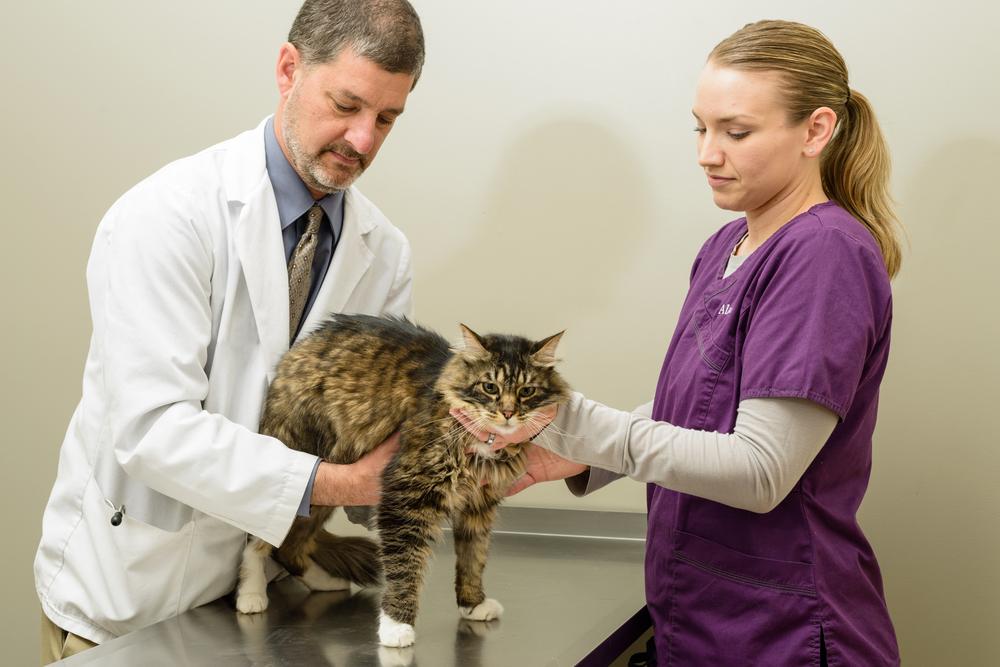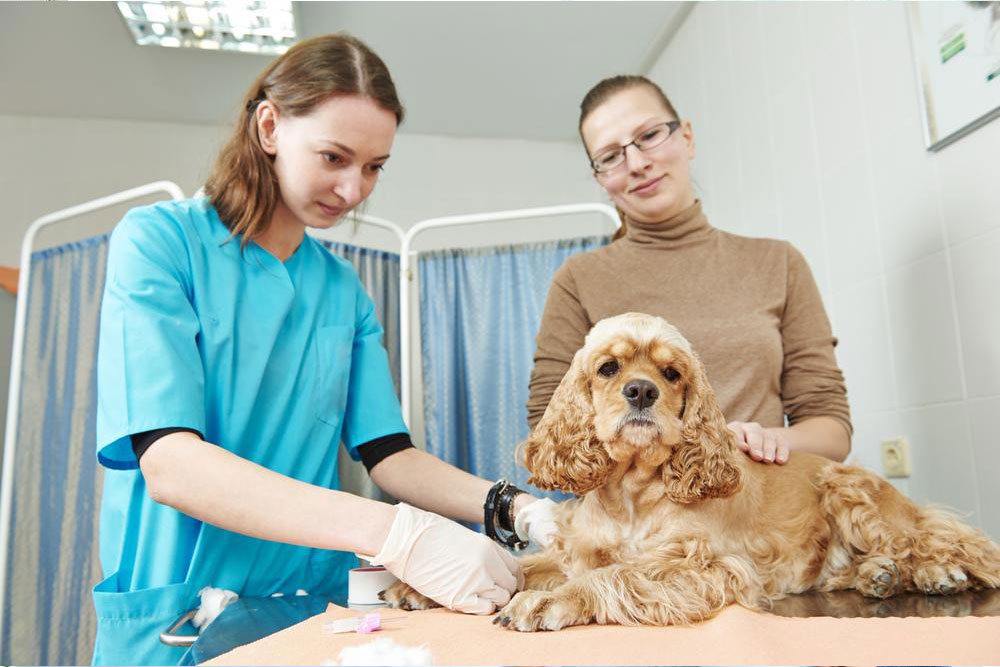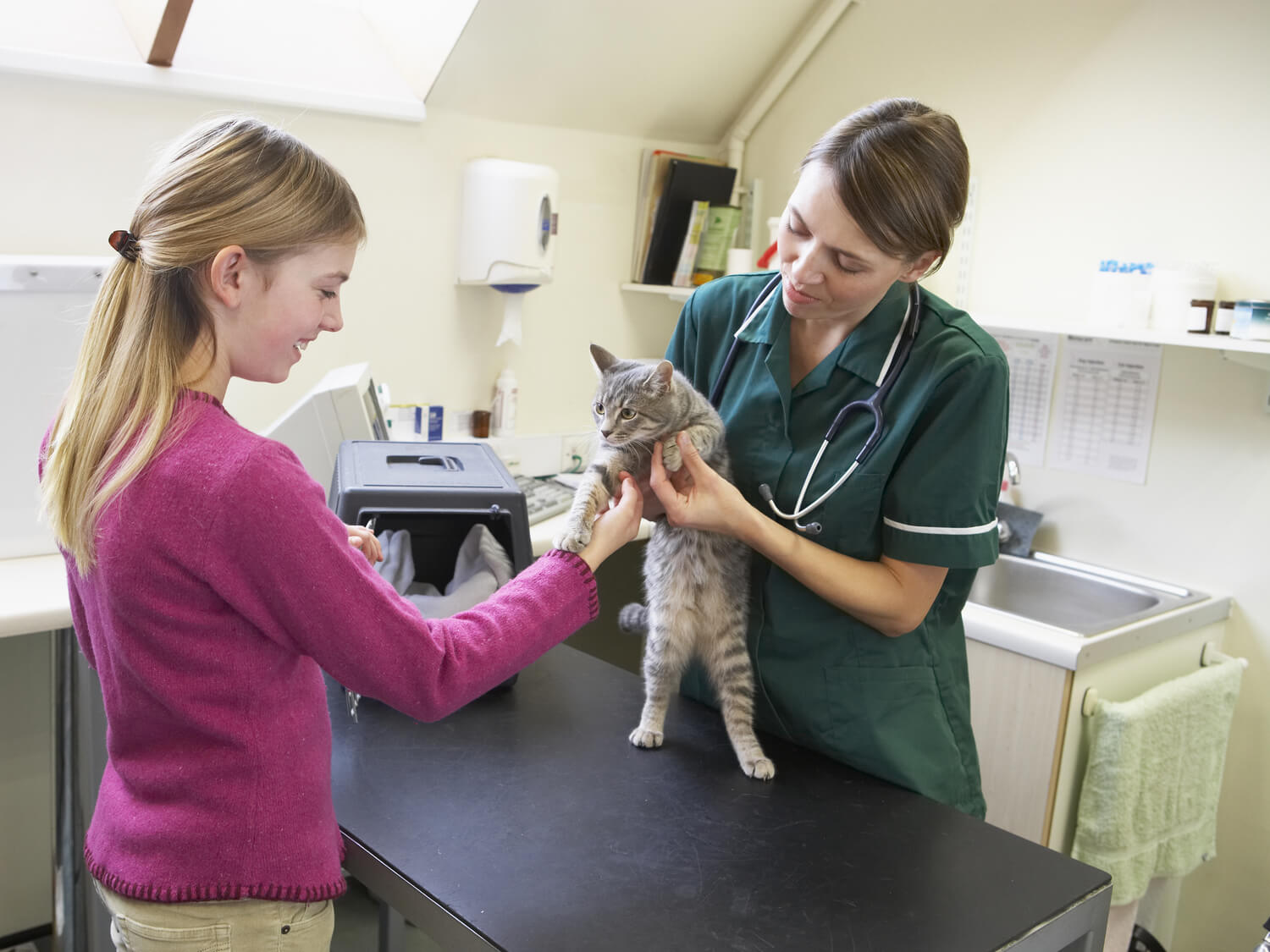Key Guidelines for Choosing the Ideal Pet Insurance Policy
Selecting the right pet insurance is essential for your pet's well-being. This guide highlights key factors like costs, claim process, coverage types, breed and age considerations, and optional benefits to help you make an informed decision and ensure comprehensive coverage for your furry friend.

Key Guidelines for Choosing the Ideal Pet Insurance Policy
Just like people, pets can face unexpected health issues and injuries. Securing a suitable pet insurance plan is a wise decision to safeguard your furry friend's health. Understanding important factors before purchasing ensures you pick the coverage that best fits your needs.
Out-of-Pocket Costs The expenses you pay directly depend on your pet’s breed, age, and health history. These elements influence deductibles, monthly premiums, and co-payments established by your insurer.
Claim Submission Process Usually, you pay your veterinarian upfront and then submit invoices and necessary documents to your insurer for reimbursement.
Coverage Restrictions Some health issues, such as genetic conditions or birth defects, might not be covered. Conditions like periodontal disease may also be excluded, as they are preventable with regular care.
Types of Pet Insurance Plans Generally, there are three main options:
Lifetime Coverage: Offers protection throughout your pet's life with ongoing premiums and renewal fees.
Accident-Only Policies: Cover expenses solely for accidents and injuries.
Per-Condition Plans: Cover specific illnesses for up to a year, with annual spending caps.
Age Limits Some policies set maximum age requirements; older pets may not qualify for coverage.
Breed Factors Certain breeds might receive only basic coverage due to higher susceptibility to particular health problems, affecting insurance risk.
Renewal Considerations Re-enrolling may lead to changes, such as reduced coverage or shifting service options based on your current plan.
Add-On Benefits Many providers offer wellness plans covering routine care, vaccinations, annual exams, and spaying/neutering.


